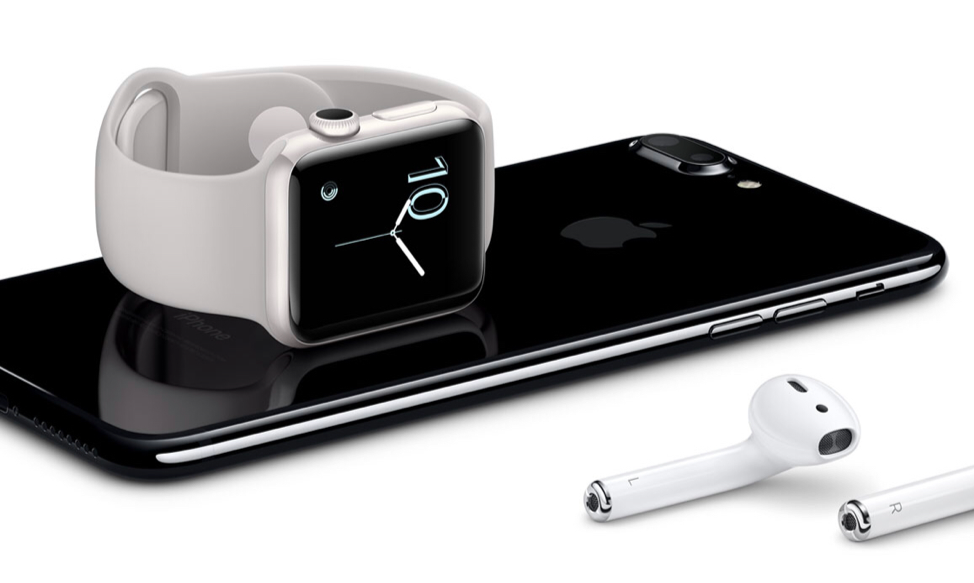This week Apple released watchOS 5.1. I was able to upgrade seamlessly as usual, but there were a significant number of Apple Watch owners who reported that their watches went into an endless loop or their watches simply froze never to recover. Apple’s only recourse in these cases is to have the watches sent back for repair or replacement.
For Apple to physically swap out every device that bricked would be fairly expensive and could be a potential disaster if they weren’t able to get to every customer in a timely fashion. Imagine if this were the iPhone what kind of volume that might mean. But the Apple Watch is a much lower volume product than the iPhone. Thus far, it seems that Apple is doing a pretty good job of getting everyone taken care of in short order. Reports are that customers are getting replacements in under a week.
Many in the tech world at this point would quickly jump to the conclusion that if Apple can’t ever achieve 100% success with portless device OS upgrades, Apple will never remove ports from the iPhone. I wouldn’t be so quick to make that assumption.
First, Apple is gaining valuable data regarding what kind of failure rate they could expect if they ever made the iPhone portless. If we speculate that it costs Apple $25 in parts, labor, and warranty costs to include a port in an iPhone what would that translate too? At 250 million units per year that is over 6 billion dollars saved. As long as Apple repaired or replaced under 10.4 million units, they come out ahead financially. Just because Apple can’t get to 100% success rate with OS updates doesn’t mean that the cost/benefit equation isn’t still in their favor.
Second, Apple is developing an important fast response infrastructure. It would be much cheaper for Apple to repair these bricked units rather than to send out new devices to every affected customer. If Apple can learn to do this quickly and demonstrate to Tim Cook that they’ve mastered the process, it would much easier to make the decision to remove ports from the iPhone. The Apple Watch has allowed them to develop and fine tune this process.
I’m going to go out on a limb and say that Apple will indeed remove the charge port from the iPhone in the near future. I think Apple’s experience with the Apple Watch only makes it more likely, not less. They’ll have the data to prove that it’s more profitable for Apple and they can deal with the customer issues quickly and efficiently. But of course, I don’t have access to the stats. I’m assuming the number of bricked watches is a fairly low percentage.
So, if the Apple Watch is a sort of leading indicator to the iPhone, are there any other predictions we might be able to make regarding the iPhone’s future?
I think there’s a good chance that Apple will one day sell a low-volume ceramic “Edition” model. Even now Apple is learning how to manufacture the notoriously difficult ceramic on a large scale. It seems that no one in consumer electronics is better than Apple at deconstructing difficult manufacturing processes and improving them greatly. With the help of lots of money.
The ceramic model is notably absent from the launch of the Series 4. However, I don’t give that too much weight because it was also absent from the launch of the original Apple Watch as well. I think it serves as a way for Apple to generate some buzz in a spec bump year.
And a ceramic phone with a sapphire screen would be dream come true for many of us. Imagine a phone that would never scratch anywhere. Neither the sapphire screen or the ceramic body would scratch. And to me, these kind of luxury appointments which have a practical benefit are the best kind.
Everyone can see that Apple is testing just how far it can go with price increases. If the iPhone XS Max is the smash hit that everyone thinks it will be. Launching a future “Edition” model would only make sense. If 5-10% of iPhone buyers were willing to spend up to $2,000 for a ceramic model, that would be huge.
When a company as large as Apple has so much riding on one single product, they can’t afford to tinker with the formula too much lest they kill the golden goose. Apple needs to test their design decisions elsewhere first. The Apple Watch has been a successful test bed for Apple, and it shows where the iPhone’s future could go.



 RSS Feed
RSS Feed